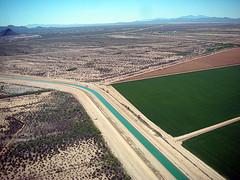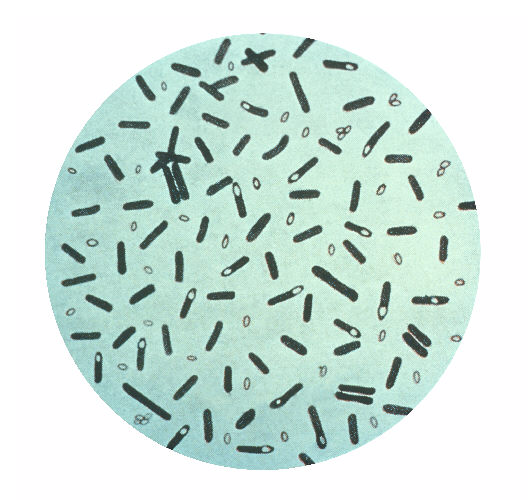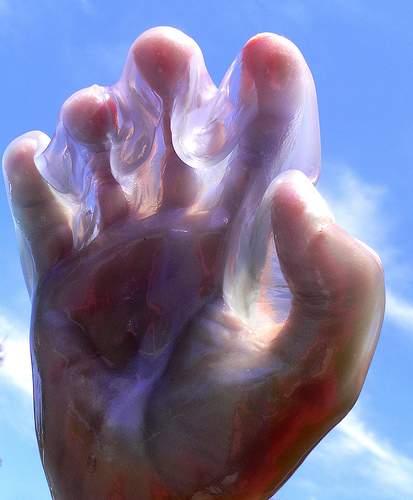“Kimz” left a comment over on the blog’s “About” page asking about geotagging of audio, so I thought that was a good excuse to bring the topic back up here.
Even less audio (and video, for that matter) seems to get geotagged than pictures, and even though more photographs online are getting geotagged automatically by GPS-enabled cellphones, I still usually find myself disappointed when running into an interesting photograph online and finding no geographical information in the image telling me where it was taken.
I have the same kind of interest in where and when other kinds of recordings where made. I’m obviously not the only one: the Freesound project also maintains geographical information for some of the sound recordings they have. Unfortunately, although they SAY the recordings are “geotagged”, they’re not.
Take this sound sample, for example. It’s an ambient sound recording from the lobby of an office building, and you can see there’s a link to a map showing where the recording was made. However…if you download the actual sound file, there is not geographical information associated with it at all. If the geographical information is not directly attached to the file, then I maintain that the file is not “geotagged”.
Let’s say I work in a very odd sort of specialty shop, and one day we get in a shipment of inflatable anatomically-correct life-sized Australian marsupials. “Price-tag these”, the boss says. The next day someone asks the boss how much the inflatable male platypodes are. “Isn’t it on the price tag?” “There is no price tag!” When the boss chews me out for not doing my job, do you think I’ll be forgiven when I explain that I DID “price-tag” the shipment…by writing down the prices in a little notebook that I keep with me, separate from the actual merchandise? No? Then keeping the geographical information in a little database that your server keeps separate from the files isn’t “geotagging”, either!
I suppose the bizarre and potentially incoherent nature of that example just serves to illustrate my over-busy and under-slept state. Anyway, the point is that I’d love to see more geographically-tagged media, and I open up this post for discussion of how, why, and what to geotag. (For “How”, I would offer up my “Geostrings” proposal as an option that ought to be feasible for virtually any kind of media…).
If they ever get around to publishing “Mapping Hacks, Volume 2”, what should the entry for geotagging media include?


 Episode 3 of
Episode 3 of 
 I’m still not sure I know why I have a desire to push recordings of my voice onto a more or less innocent worldwide population, but I do. And now I have a real theme to wrap an attempt at a podcast (or as I prefer – “oggcast”) around: scientific papers.
I’m still not sure I know why I have a desire to push recordings of my voice onto a more or less innocent worldwide population, but I do. And now I have a real theme to wrap an attempt at a podcast (or as I prefer – “oggcast”) around: scientific papers.
!['On the Loo' [photo by 'metamoof' on Flickr] also serves as a metaphor for Blogstipation 'Human Statue' striking a constipated looking pose on a toilet](http://farm1.static.flickr.com/1/1238303_dabf503993_m_d.jpg)
 Here’s a “fun” situation: take a Magellan-brand handheld GPS unit with a fresh set of batteries on a 10.2 mile hike over very rough terrain, having it record a track so that all the nifty pictures along the hike can be geolocated and the course of the hike can be mapped later. After a gruelling 8 hour trek, tell the unit to save the track. Watch in annoyance as it starts to save to the SD card but then complains “EXTREME LOW BATTERY – SHUTTING DOWN”. Just annoyance though – previously when it has done this, it merely loses the last few minutes of track, and you can replace the batteries and re-do the save when it comes back up. Except this time, when instead of actually shutting down it seems to restart itself, complain of “Low Battery”. Then throw a fit when I try to get the fool thing to actually shut down, watching in horror as it restarts itself a few times for no good reason before finally fading out. Then replacing the batteries and screaming with rage when the unit comes up with the same messages it did the very first time it was turned on…despite somehow keeping a copy of the “Points of Interest” I’d put in before, it has eaten not only all of my settings but also the entire friggin’ 10.2 mile track that I was trying to save!
Here’s a “fun” situation: take a Magellan-brand handheld GPS unit with a fresh set of batteries on a 10.2 mile hike over very rough terrain, having it record a track so that all the nifty pictures along the hike can be geolocated and the course of the hike can be mapped later. After a gruelling 8 hour trek, tell the unit to save the track. Watch in annoyance as it starts to save to the SD card but then complains “EXTREME LOW BATTERY – SHUTTING DOWN”. Just annoyance though – previously when it has done this, it merely loses the last few minutes of track, and you can replace the batteries and re-do the save when it comes back up. Except this time, when instead of actually shutting down it seems to restart itself, complain of “Low Battery”. Then throw a fit when I try to get the fool thing to actually shut down, watching in horror as it restarts itself a few times for no good reason before finally fading out. Then replacing the batteries and screaming with rage when the unit comes up with the same messages it did the very first time it was turned on…despite somehow keeping a copy of the “Points of Interest” I’d put in before, it has eaten not only all of my settings but also the entire friggin’ 10.2 mile track that I was trying to save!